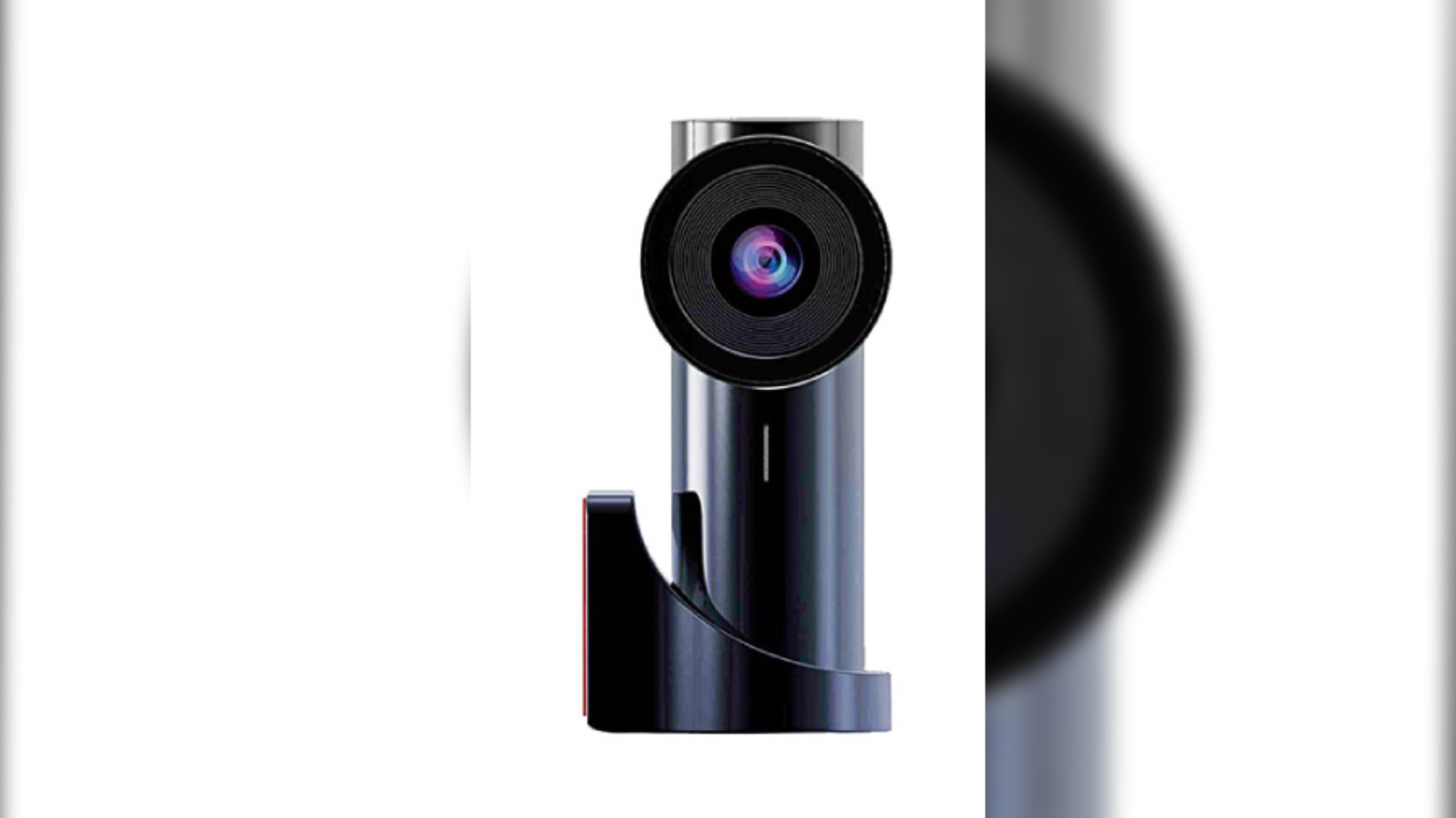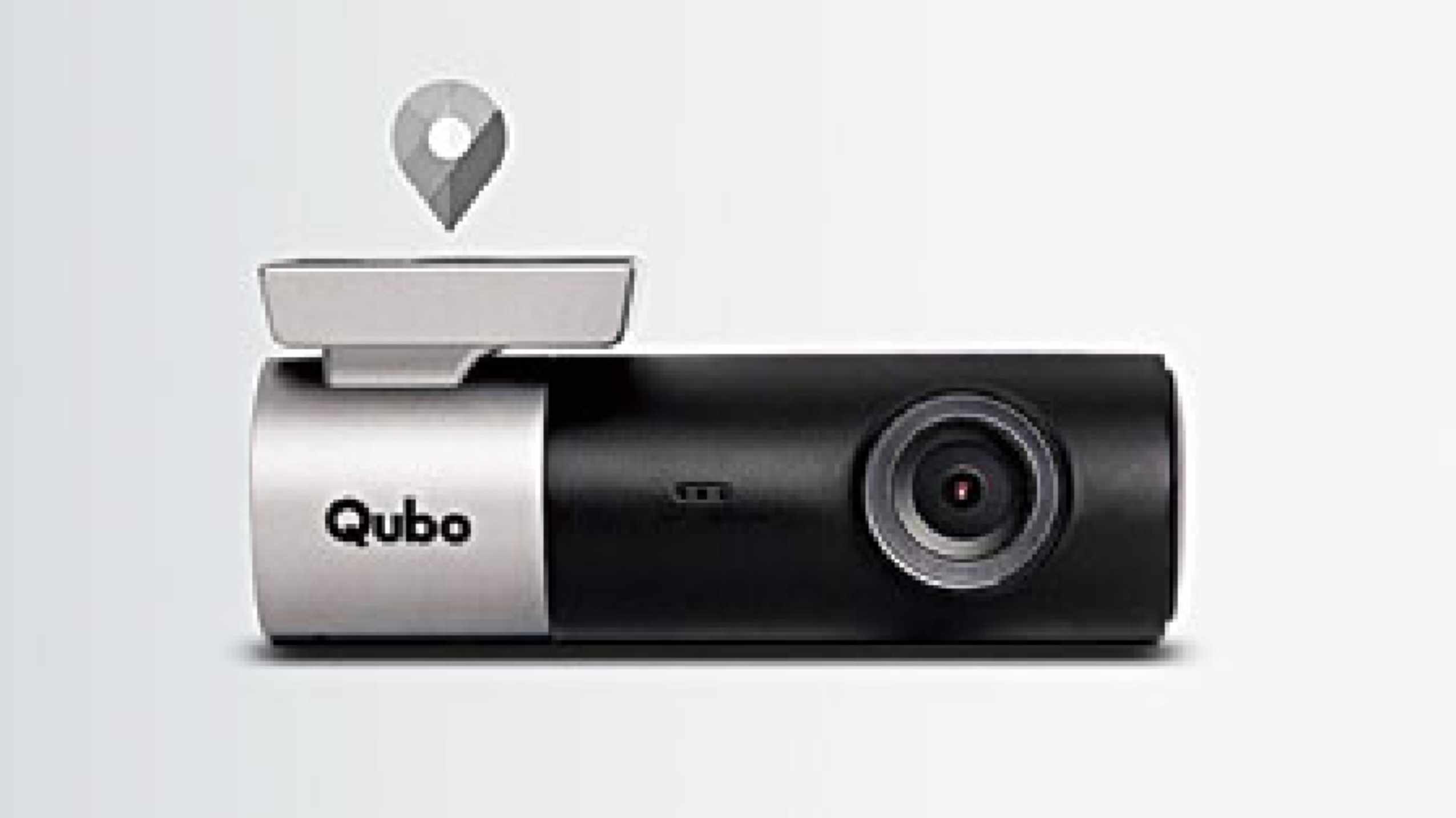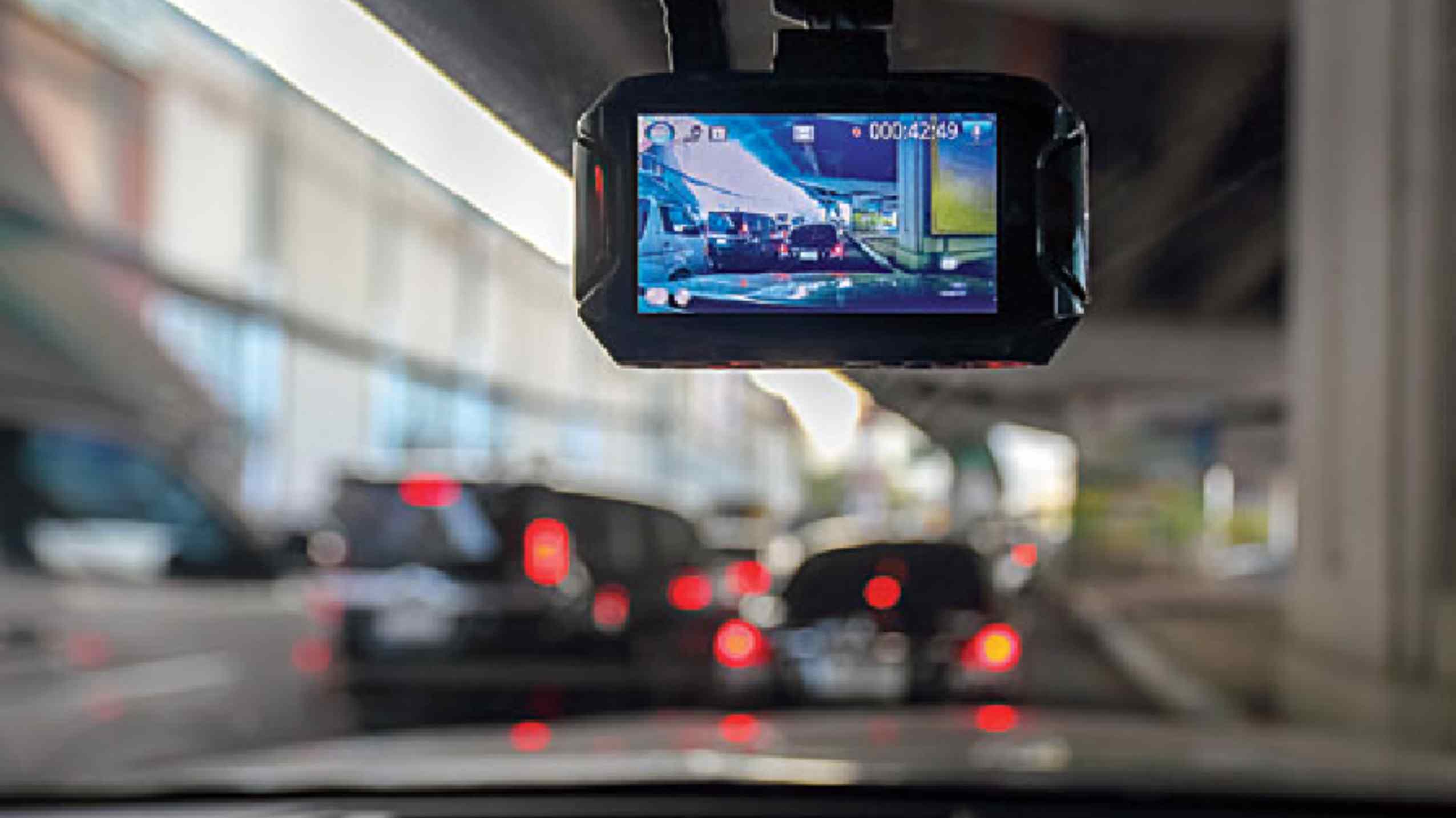Accidental Deaths and Suicides in India 2021, a publication of the National Crime Records Bureau of the Ministry of Home Affairs, in Chapter 1A titled 'Traffic Accidents', says: "Number of ‘Traffic Accidents’ in the country have increased from 3,68,828 in 2020 to 4,22,659 in 2021. (The rate of deaths in road accidents per thousand vehicles has also increased from 0.45 in 2020 to 0.53 in 2021)." It further says: "These traffic accidents comprise of 4,03,116 road accidents, 17,993 railway accidents and 1,550 railway crossing accidents and caused 1,55,622, 16,431 and 1,807 deaths respectively during 2021."
So, it is pretty evident that not only are there a very large number of road accidents in India, their number is steadily rising. And that is not entirely surprising considering how chaotic traffic is in the country with a very large number of drivers not even aware of any traffic rules except the most basic ones and still less inclined to follow them. Typically, a road accident would be caused by someone's mistake of the at least two parties that would be affected. And often there ensues a dispute as to what actually happened since everyone has their version of the incident that usually justifies their actions. And this is where video footage can make a difference.
A dashcam is a device that provides that crucial footage. It is small electronic video camera that is mounted on either the windscreen or the dashboard and records a view over the bonnet in real time in a loop on an SD card inside it. How long the loop will be depends on many things but this is the primary reason why it is there.
That said, they are not all the same and, like most other devices, have a wide variation of features and capabilities. One must remember though that footage from this device can cut both ways. While a dashcam can provide evidence that the driver of the vehicle with the device was in the right in a particular situation, it can equally provide evidence that he was in the wrong. But more of that later.
Apart from providing evidence, if the dashcam is decent enough one can use it to capture footage of road trips as well. So buying and installing it is not just about protection in case of a dispute, which may or may not happen ever, but also about recording memories at a time when video is everything.
Multiple cameras
Now a dashcam need not necessarily be just one camera but a system of one, two or three. The first and most important one sits mounted on the dashboard or inside the front windscreen and looks out over the bonnet. There can be a second one looking out of the rear windscreen and can provide footage if a car is hit from the rear. There is the possibility of having a third one that looks and records what is going on inside the passenger compartment. In private vehicles, or maybe any vehicle, the inside camera is probably a bit of an overkill. But the two looking out of the vehicle are not. There is also the possibility of having a microphone for the inside, but too is kind of unnecessary and too intrusive probably to be in a private vehicle.
Footage quality
The quality of footage captured by a dashcam can vary widely depending on which one is installed. While on the lower priced end it is usually at 1080p, at the higher end it can go up to 4K. The higher the resolution the more details it is likely to capture and the greater the possibility of extracting visual information in case of necessity. There are also a couple of features like polarised lenses which can cut glare and haze and provide clearer images and video that one could consider in the buying decision. The basic idea is to ensure that one gets the clearest and most detailed footage possible.
Storage and display
There are broadly three variants for storage. The first type saves the footage in the dashcam memory itself. The second uses a SD card to store the footage loop and keeps overwriting older footage with the latest once it covers the loop. The third type connects to a drive via a mobile phone and stores the footage there. The second variant is probably the most reliable since it doesn't depend on wireless connectivity to store footage and the amount of footage too can be increased since SD card storage capacity is quite large now.
Then there are those with and without display screens. Those without display the footage on the connected mobile phone using Bluetooth. Those with displays are usually bulkier. The idea should be to keep the device as unobtrusive as possible so that it does not foul with visibility and also remains stably mounted and that works better with lighter and smaller devices.
Other features
These apart there are some other features that often come in dashcams. One of them is the G-sensor. It lets the camera detect unexpected movement in or around your car — such as harsh braking, shock from collision, or even when someone crashes into the car while parked. This is a good one to have.
Angle of view is also important and captures what was going around the car at the time of an incident. It usually varies between 130° and 170°. Most but extreme wide angle might lose detail in the centre so around 140° may be a good compromise between field of view and detail.
Some of the cameras come with night vision features. That is another useful feature for recording events in case the place is unlit.
Given the wide range of features available, prices, too, vary widely. The least expensive ones are available for around a couple of thousand rupees, while the higher end is somewhere that is more than 10 times as much. So here are some of the ones that we liked in different price brackets. The other thing is most of the manufacturers would not be ones that you might have heard of except a few like Garmin. But that shouldn’t be off-putting. Now there are a handful of Indian makes too.

GOMECHANIC VISION PRO 4K
Price: Rs 2,199
Source: gomechanic.in
This seems to be a pretty hot offering for its price as it comes with high definition recording, WiFi support, a G-sensor, emergency recording and 170-degree wide angle camera. It takes pictures too. The G-sensor is triggered by vibration and it records events, encrypts the file and locks the file. Files saved under the G-SENSOR event will not be deleted during the loop. It also comes with a night vision recording feature. This dashcam is designed for extreme Indian weather conditions and can work at a temperature range of -20 to 70°C. It also has a speaker and microphone, if it is needed. Sharp images are taken at ranges of 2m to infinity.

DDPAI Mini5 4K Car Dash Camera
Price: Rs 2,199
Source: gomechanic.in
This seems to be a pretty hot offering for its price as it comes with high definition recording, WiFi support, a G-sensor, emergency recording and 170-degree wide angle camera. It takes pictures too. The G-sensor is triggered by vibration and it records events, encrypts the file and locks the file. Files saved under the G-SENSOR event will not be deleted during the loop. It also comes with a night vision recording feature. This dashcam is designed for extreme Indian weather conditions and can work at a temperature range of -20 to 70°C. It also has a speaker and microphone, if it is needed. Sharp images are taken at ranges of 2m to infinity.

QUBO Smart Dashcam Pro GPS
Price: Rs 3,990
Source: amazon.in
Qubo Dashcam Pro has built-in GPS which accurately records your driving location and speed. You can view your driving route and speed using the QuboPro App once the vehicle is back from the trip. However, this data can only be synchronised when you are in your car cannot be viewed remotely. It also has an integrated time-lapse feature that lets the user record long-duration videos and roll them faster than the average playback speed. This time-lapse feature practically helps save time while watching extensive footage. It records video in 1080p in WDR (wide dynamic range) mode. Qubo also makes the Dashcam Pro 4K which records in UHD and can give much more in the way of details and the footage is, expectedly, a better watch too.

Garmin Dash Cam Mini
Price: Rs 14,113
Source: ubuy.co.in
This is a car key-sized dash camera that mounts discreetly behind the rearview mirror and goes virtually unnoticed but automatically records and saves 1080p video footage. It has a wide 140-degree lens records video with Garmin Clarity HDR optics for crisp detail day and night. It also has voice control (English, German, French, Spanish, Italian and Swedish) lets you use spoken commands to save video, start/stop audio recording, take still pictures and more. Saved videos automatically upload via Wi-Fi connection to the secure online Vault to view and share. The Parking Guard feature (requires constant power and an active Wi-Fi connection; access via the Garmin Drive app on your compatible smartphone) monitors activity around your parked vehicle and alerts if it spots an untoward incident.
Durable design withstands harsh vehicle environments, including direct sunlight and hot temperatures. Includes dual USB charger, giving drivers an extra USB charging port.
